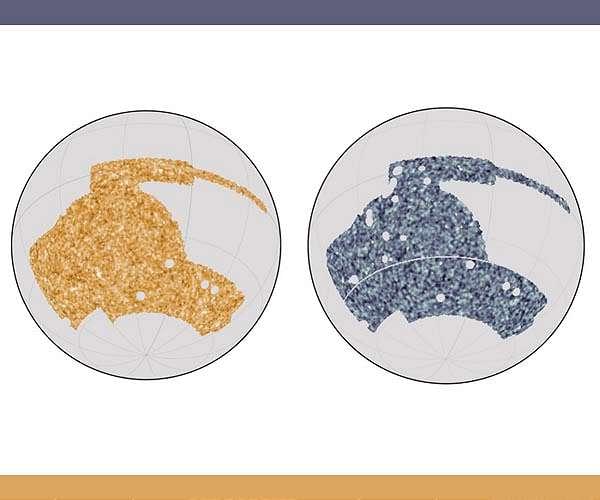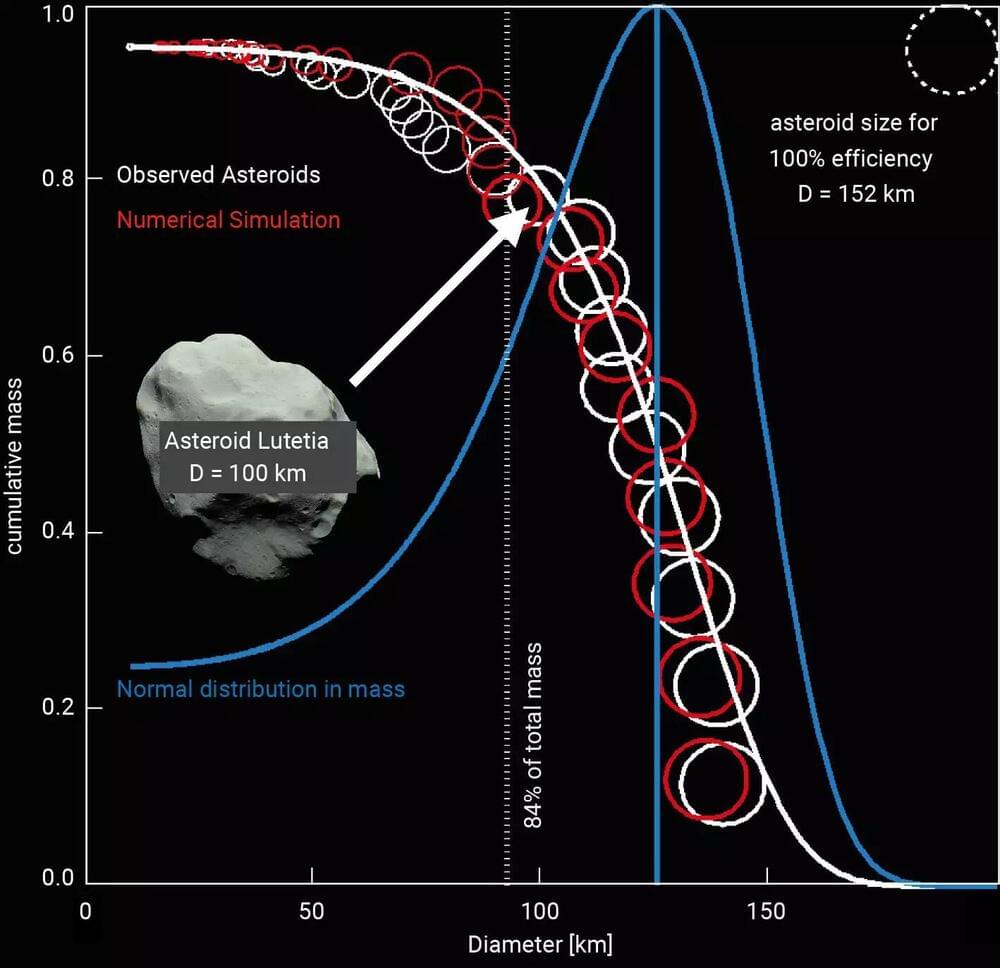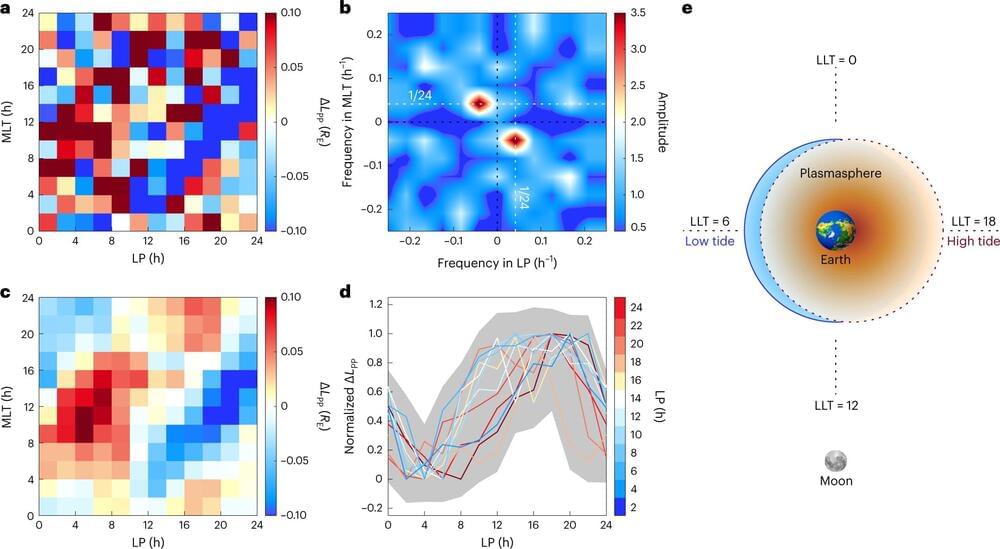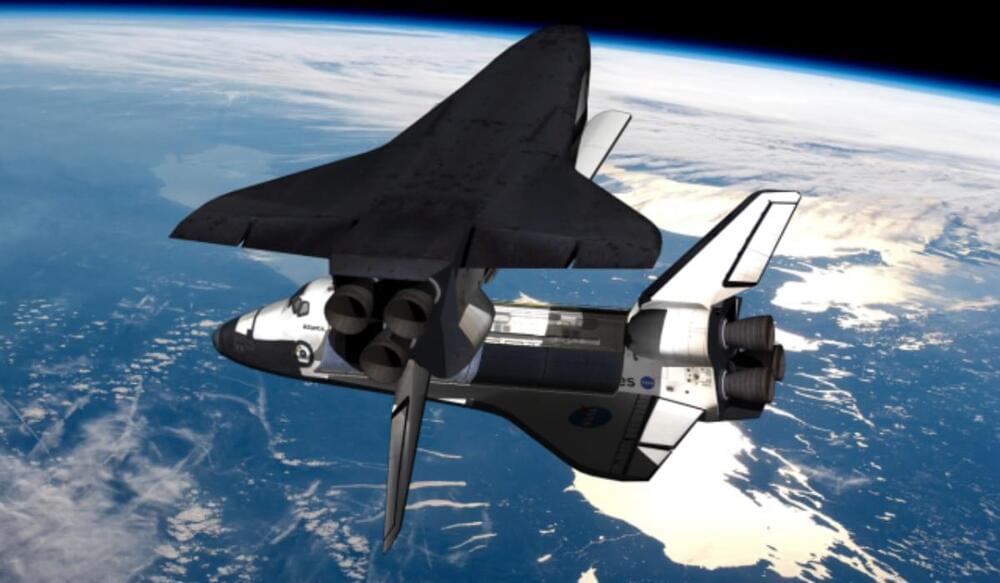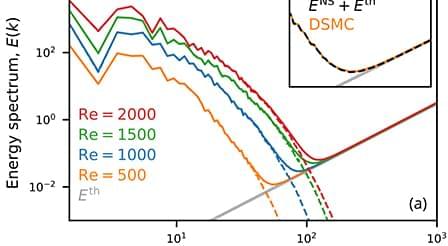Sometimes to know what the matter is, you have to find it first. When the universe began, matter was flung outward and gradually formed the planets, stars and galaxies that we know and love today. By carefully assembling a map of that matter today, scientists can try to understand the forces that shaped the evolution of the universe.
A group of scientists, including several with the University of Chicago and Fermi National Accelerator Laboratory, have released one of the most precise measurements ever made of how matter is distributed across the universe today.
Combining data from two major telescope surveys of the universe, the Dark Energy Survey and the South Pole Telescope, the analysis involved more than 150 researchers and is published as a set of three articles Jan. 31 in Physical Review D.
